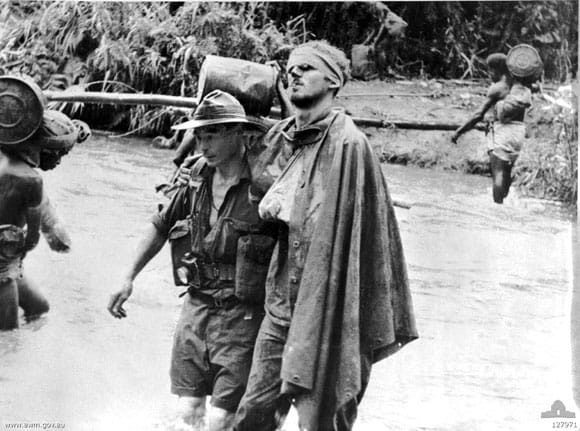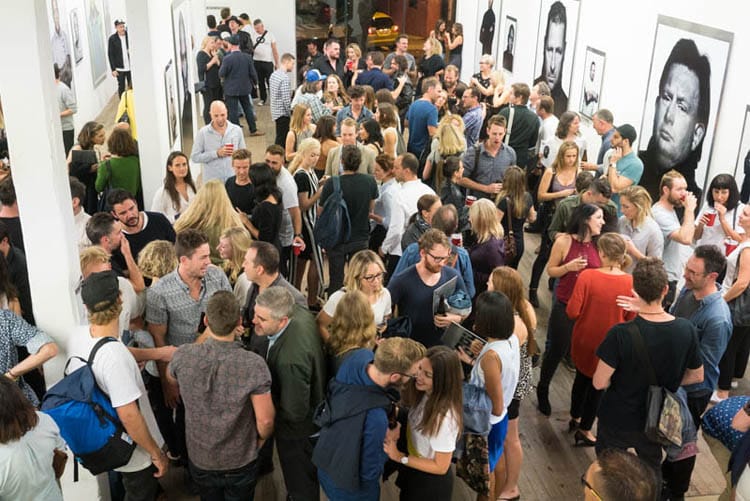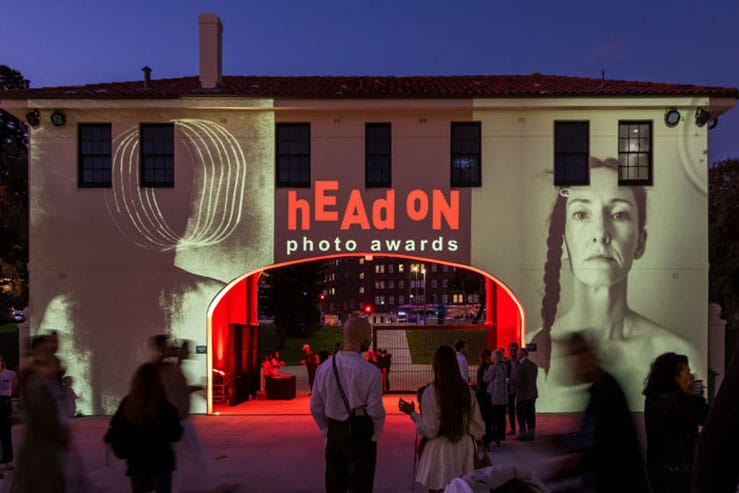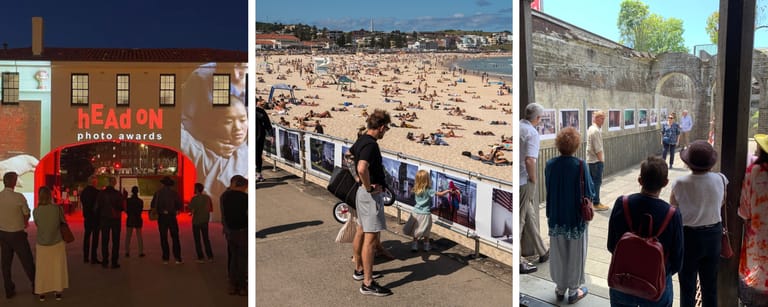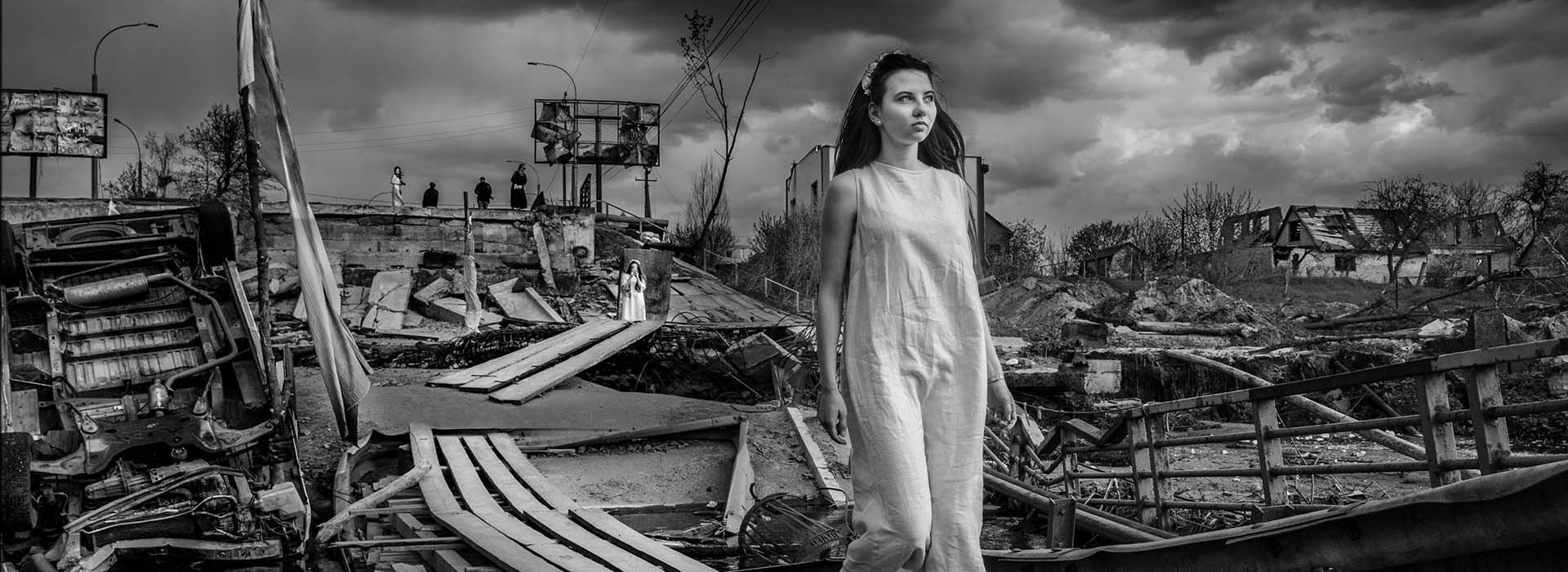I wonder if “photo bombers” and “You Tubers” have any idea of Damien Parer’s contribution to Australia’s image of itself, one that is inextricably linked to the sacrifice of soldiers.
Parer had an enormous affect on so called “war photography” before the term was coined or indeed “embedded” in our consciousness.
Today the image of the macho “war photographer” has nurtured an industry of imagery that fulfils a public obsession of tragedy and blood. The epitaph “blood leads” used by some photojournalists remains cynical to the core. This is not true of all. There are many courageous photographers who believe their photographic destinies go way beyond the “splash” page. These include Robert Capa “If your pictures aren’t good enough, you’re not close enough”, Phillip Jones Griffith who “covered” Vietnam with extraordinary visual intelligence beyond the front line, Tim Page (Dennis Hopper “channelled” Page for the photojournalist character in Apocolypse Now) and let us not forget Neil Davis, the “combat cameraman” from Tassie, who filmed his own unfortunate death in Bangkok in 1985.
About Damien Parer…
@Max Dupain
Parer was one of those larger than life infectious characters who simply loved people. He was also relentless as a “war photographer” whether filming “Sparrow Force”, the 2nd/2nd Aussie guerillas in the mountains of Timor, or huddled behind a Beaufighter pilot (where he regularly passed out from lack of oxygen).
Parer was always in the thick of it, at ease with both a stills camera and a movie camera.
For me, retracing his oeuvre today, it’s New Guinea, and the relentless slog through mud, rain and bullets, along the Kokoda Trail that still fixes my attention.
The struggling blinded digger remains an iconic sequence from “Kokoda Front Line” which won an Academy Award for Best Documentary 1943. The sequence is sacred, in that it could only have done by a cameraman working “shoulder to shoulder” with what was happening.
Parer befriended soldiers over and over again, who, despite their initial wariness, were won over by the exuberant cameraman who could go the distance with them.
Forever restless and dissatisfied, Parer eventually left the Dept of Information Unit for a better job with the American (Paramount) “push” through the Pacific theatre. Here, as with the (preferred) Australian soldiers, he became immensely popular with the American Marines, and impressed a young and up-coming photographer, W. Eugene Smith, with his daring do. Parer’s tactic of filming from the front the advancing US Marines cost him his life. He was 32 years old.
Parer set the benchmark for war photographers. His focus on frontline soldiers rather than their leaders strutting in the rear echelons produced iconic humanistic images which also acknowledged the hideousness of war.
Look out for “Parer’s War” on ABC starting this Sunday 27th 8.30pm
Lest we forget.








